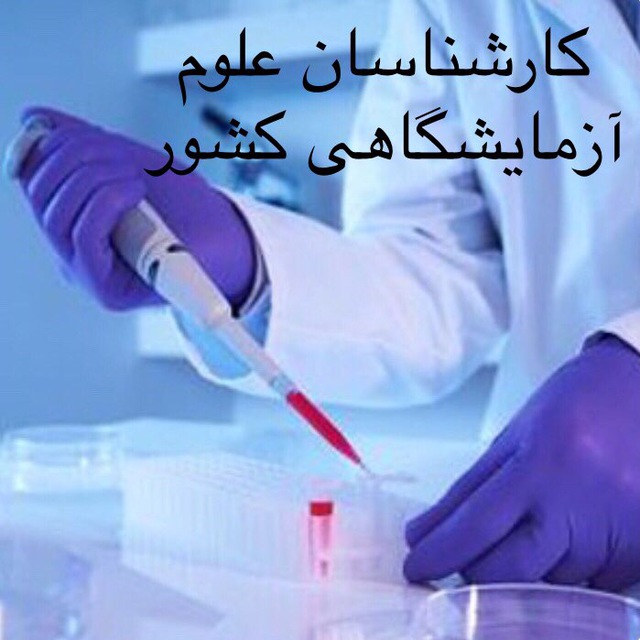Parathyroid hormone PTH
In the human body, there is an average of one kilogram of calcium, 99% of which is in the form of hydroxyapatite crystals in the structure of the bones, and the remaining 1% is outside the bones. Bone is an active tissue and is constantly exchanging calcium with the external environment. . Of course, for these exchanges, it uses only 1% of the calcium in it, and in fact, 1% of it is freely exchangeable with the environment. In a normal state and when these exchanges are in balance, the amount of calcium absorption in the bone tissue is equal to the amount of calcium that is released due to the breakdown of bones.
The concentration of calcium in the extracellular fluids of the body is influenced on the one hand by actions such as intestinal absorption and renal excretion and on the other hand by the effect of exchanges with bone tissue, hence the existence of a sensitive and accurate system in order to maintain the concentration of calcium ions is necessary. The main factors of this regulation system include:
1- Parathyroid hormone PTH
2- Kelsey Triol
3- Calcitonin
In this section, we talk about the role of PTH on the regulation of calcium concentration. When the concentration of calcium ions in the plasma is lower than normal, the parathyroid gland secretes more PTH. Phosphate in the kidney. In addition to the mentioned substances, PTH causes the synthesis of calcitriol (the active form of vitamin D) in the kidneys.
Parathyroid gland
Parathyroid consists of 4 small glands weighing 5% to 3% of grams. These glands are either located in the posterior part of the thyroid and are connected to it, or it is located under it and produces PTH.
Chemical structure of PTH
This is a simple peptide molecule with a molecular weight of 9500, which consists of 84 amino acids, whose biological activity is related to the sequence of amino acids 1-34 at the end of its amino acid, and amino acids 25-34 to bind with the receptor protein. receiver) is essential.
Effect of PTH hormone in bone tissue
The fastest effect of PTH in bone tissue is to decrease the concentration of calcium ions in the pericellular space and increase intracellular calcium, therefore it seems that the intracellular peak of PTH is calcium ion. An increase in the concentration of calcium inside the cell causes the activation of RNA synthesis inside the bone cells and the synthesis of enzymes that are involved in the reactions of bone analysis. Calcium probably does this by binding to calmodulin. Experiments have shown that the lack of extracellular calcium causes an increase in AMP c. without affecting the speed of bone resorption.
Hormone effect in the kidney
In the kidney, PTH is involved in the absorption and excretion of several mineral ions and regulates the synthesis of calcitriol. Under normal conditions, more than 90% of the calcium base is absorbed, but under the effect of PTH, more than 98% of that base is absorbed, and it also causes a decrease in phosphate absorption. In addition, PTH prevents the excretion of sodium, potassium and bicarbonate.
Effect of PTH on the intestine
In the intestine, PTH does not have a direct effect on the transfer of calcium into the intestinal mucosal cells, but with its role in the synthesis of calcium triol, it indirectly plays a role in intestinal absorption.
This post is written by jm30303030
